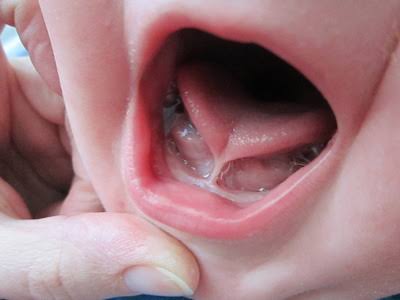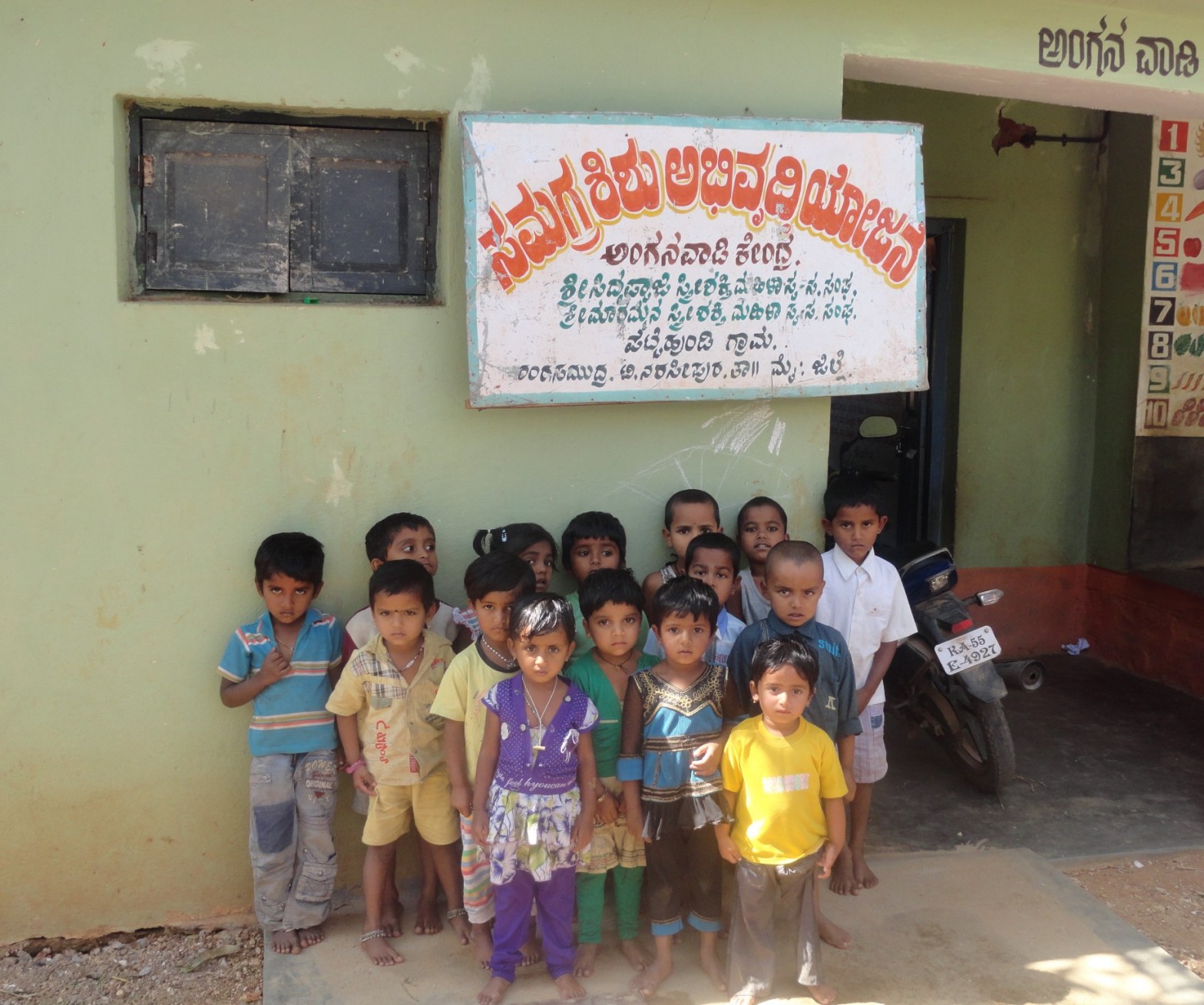Integrated Child Development Services (ICDS) program for children below 6 years and pregnant and nursing mothers. This program includes preschool education for children in the 3–6-year-age group, immunization of children and mothers, health checkup by medical officers, referral services for health, and education about importance of nutrition.
Summary
The children of India are malnourished because of factors attributed to overpopulation, poverty, large family size, poor maternal health, adverse cultural practices, destruction of the environment, and lack of education, gender inequality, and inaccessible medical care. Growing malnourished children exhibit behavioral changes, including irritability, apathy, decreased social responsiveness, anxiety, attention deficits, impaired growth, poor school performance, and decreased intellectual achievement. However, malnutrition is also known to produce high morbidity and mortality and considering its effect on oral cavity, malnutrition is shown to have preeruptive and posteruptive effects. Oral health conditions, dietary practices, nutritional status, and general health status are all interrelated factors. Malnutrition adversely affects the oral structures. Malnutrition appears to have multiple effects on the oral tissues and subsequent development of oral disease. It results in altered tissue homeostasis, reduced resistance to microbial biofilms, and tissue repair capacity.
Author Comments
It is evident from this study that malnourished children are prone to compromised oral health. Motivation of anganwadi workers is necessary to explain the oral health-related problems through nonconventional ways such as short plays, videos, and games. Establishment of dental home is utmost important in these children, so that their unmet dental caries needs can be treated.
Resources
Nutritional Status and its Relationship with Dental Caries among 3–6-year-old Anganwadi Children
https://www.ijcpd.com/doi/IJCPD/pdf/10.5005/jp-journals-10005-1706





